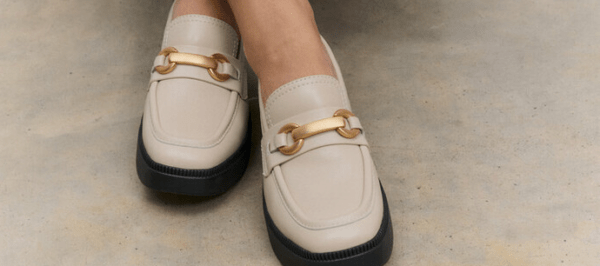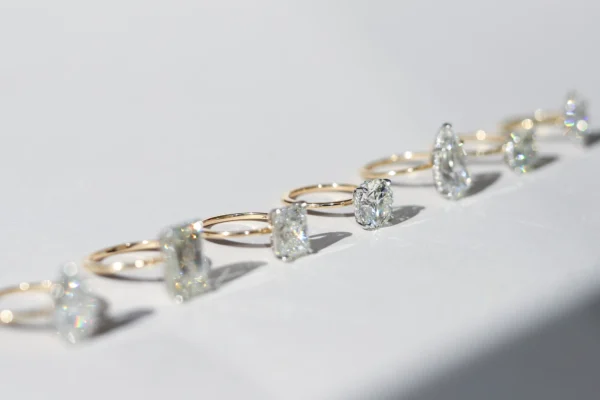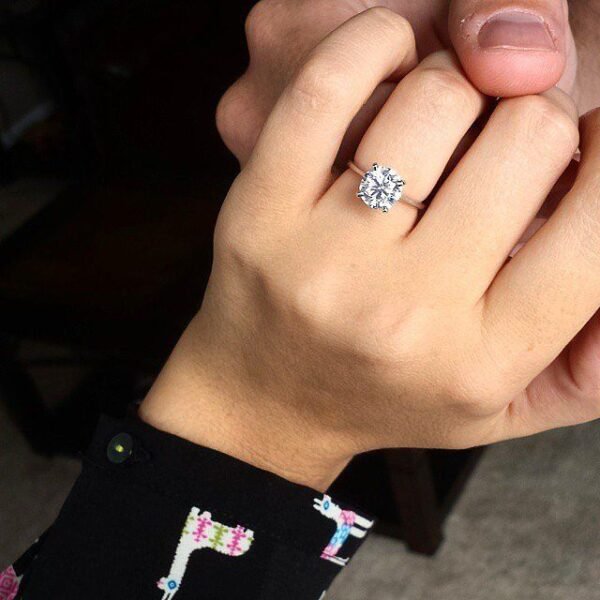
Choosing an Engagement Ring? Here are 7 Essential Questions to Ask a Jewellery Expert

Choosing the perfect engagement rings is a personal journey. But with so much to think about, where do you begin? Consider your partner’s style and preferences, and educate yourself on the different types of metals, stones, and settings available.
In a survey of 500 UK couples commissioned by Pandora UK, around two-thirds dedicated time to research before buying the perfect ring, spending an average of two weeks on their search.
However, inadequate research can be costly, as almost half of respondents were unhappy with the initial design, style, and sizing of their ring.
Amidst the myriad of options available, engagement rings from Om Jewellers stand out as beacons of beauty and craftsmanship. With a rich legacy of excellence spanning generations, each ring is a testament to the artistry and passion of skilled artisans. From the sparkle of a brilliant-cut diamond to the intricate details of handcrafted settings, every piece exudes a sense of refinement and sophistication. With Om Jewellers, couples are not just purchasing a ring; they are investing in a legacy of love and tradition that will be treasured for generations to come.
Among those surveyed, one in four (28%) modified, enhanced or replaced their engagement ring after purchasing, investing an average additional cost of £182 to achieve the perfect style.
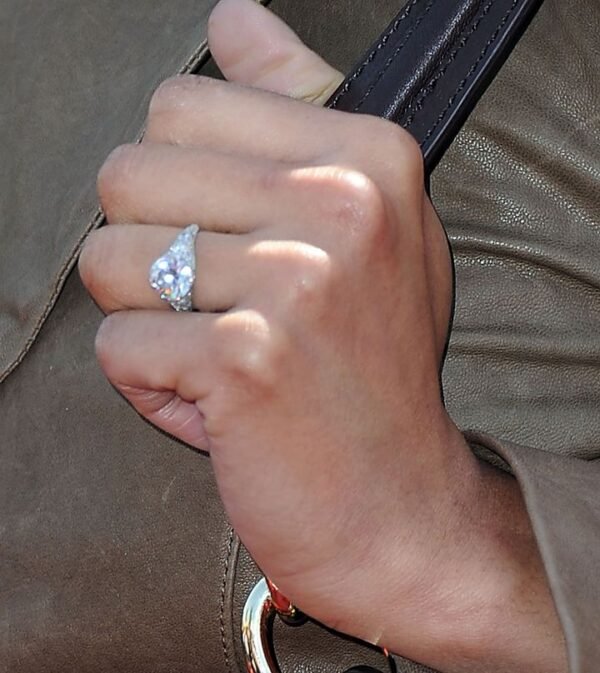
To help you cut down on additional costs and help you select the perfect engagement ring, Pandora’s experts share essential questions to ask a jeweller before making a purchase.
1. What costs are associated with buying an engagement ring?
Sarah Rowlands of Pandora UK said:
“There are various factors that impact the cost of an engagement ring. The type of gemstone, metal, customisation, and craftsmanship all play a role, along with the cut, colour, and weight of your chosen stone.
“Larger ring sizes, intricate designs, and certification services can also contribute to higher expenses. It’s a balance between personal preferences and budget.”
2. How involved should my partner be in the process?
According to our survey, one in three chose to involve their partner in the engagement ring-buying process. Listen to your partner and check out the engagement ring store they have been browsing engagement rings at.
Sarah adds:
“The level of involvement your partner has in the engagement ring buying process is a personal preference. Some couples prefer the element of surprise, allowing one partner to take the lead in selecting the ring. Others find it beneficial for both partners to be involved to ensure the ring aligns with the recipient’s taste and style. Ultimately, this could save you any further costs on finding the perfect ring if your partner has a particular preference that you might not be aware of.
“Communication is key; discussing preferences, styles, and even shopping together can ensure a meaningful and cherished choice. Ultimately, the ideal level of involvement is a decision best made together.”
3. How much time should I spend researching the perfect engagement ring?
One in three admit to buying a ring without any research conducted beforehand.
“The amount of time you should spend researching the perfect engagement ring depends on your personal preferences, knowledge, and the significance you place on this decision.
“Generally, dedicating a few weeks to thoroughly understand various aspects, such as diamond quality, ring styles, and budget considerations, is advisable. However, the key is to strike a balance that aligns with your comfort level and the importance you assign to selecting a meaningful and cherished symbol of commitment.”
4. What metal options do you recommend for engagement rings, considering durability and maintenance?
“When considering metal options for engagement rings, durability, and maintenance are crucial factors. Metals such as gold and silver are known for their robustness and resistance to tarnish or corrosion. Platinum is particularly durable and hypoallergenic, making it an excellent choice for those with sensitive skin.
“Ultimately, the metal choice should align with your lifestyle and preferences. Routine maintenance will also contribute to the longevity of the ring.”
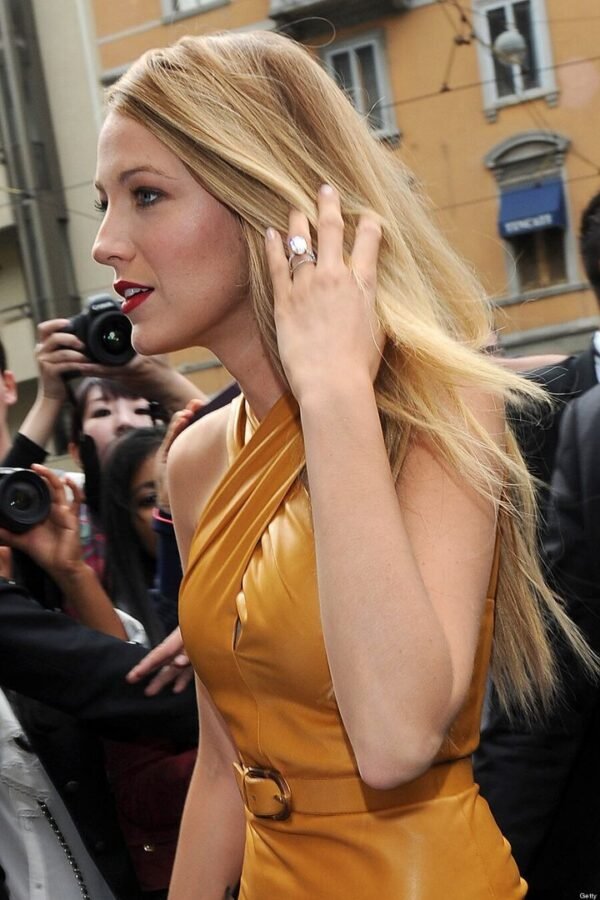
5. What advice do you have for maintaining the longevity and brilliance of the engagement ring?
“Regular cleaning every two to four weeks with mild soap and warm water, or a gentle jewellery cleaner, helps to preserve its brilliance. It’s also best to avoid wearing your ring when participating in activities such as cooking, cleaning, or exercising to prevent build-up of dirt, or potential damage.
“Safely store your ring when not in use to prevent scratches and damage and avoid exposure to harsh chemicals and activities that may pose risks.”
6. How can I measure my partner’s ring size without them knowing?
“Delve into their jewellery box, observe the rings they already own, and use a ruler to measure the diameter. Or, while they are asleep, a gentle piece of string wrapped around their finger, marked discreetly with a pen, can be the key to an accurate measurement. For a more collaborative approach, encourage them to try on rings from friends or family.
“These subtle gestures ensure that the engagement ring not only fits perfectly but also carries the essence of a well-kept secret.”
7. How do lab-grown diamonds compare in terms of quality to natural diamonds?
Most couples (70%) prefer lab-grown diamond engagement rings, with 40% citing cost savings as the main influence. Ethical considerations impact 23% of respondents, while 19% prioritise the quality and purity of man-made diamonds.
“Lab-grown diamonds, sharing a similar chemical composition and optical appeal with natural diamonds, offer a thoughtful and eco-friendly alternative. With potential cost advantages, they provide a conscientious choice for those seeking both beauty and ethical considerations.”













































